Writing System That Could Pre-date Sumero-Akkadian Cuneiform + Archeology
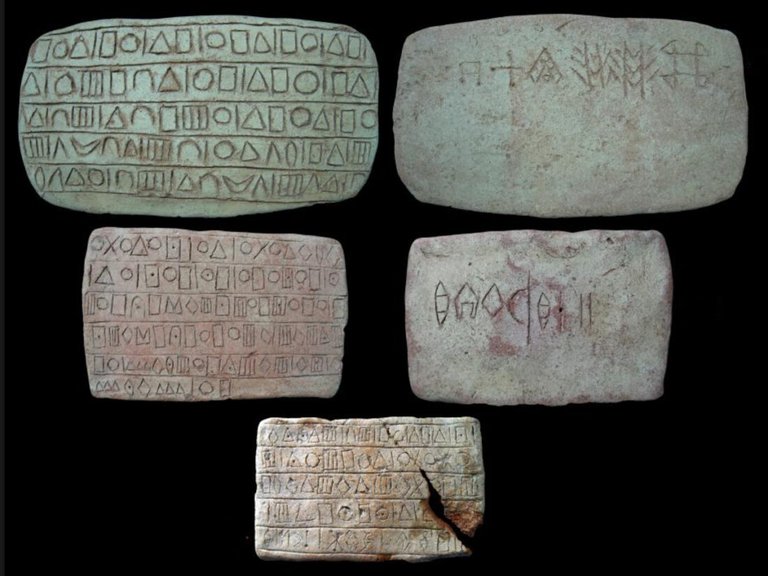
I saw this Article on Arkeonews about this new Clay and Stone Tablets findings from ~5000 Yrs old Bronze Age Jiroft civilization in Iran (previously Persia), disputing to be percursor to the Elamite Writing System (Sumero-Akkadian Cuneiform), or at least influential in it's development through cultural connection.
I went to search more and they are mainly about Bowls and Vessels or cups depicting animals, Ziggurats Architecture (massive structures), and deities (some mixed with fishs and birds, Apkallu? I won't recommend the "Debate Between Bird and Fish" essay, but you know...), linking it to the transition of rural communities to organized urban civilization.
I'll just drop some Ziggurat and Archeological Sites infos, Artifacts and leave the Writing System talk to the end post, which is brief.
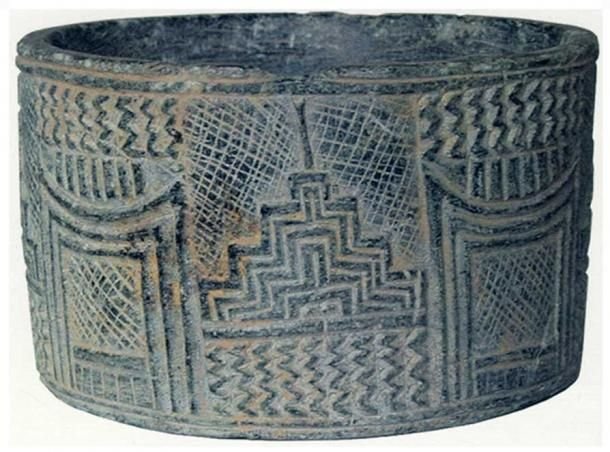
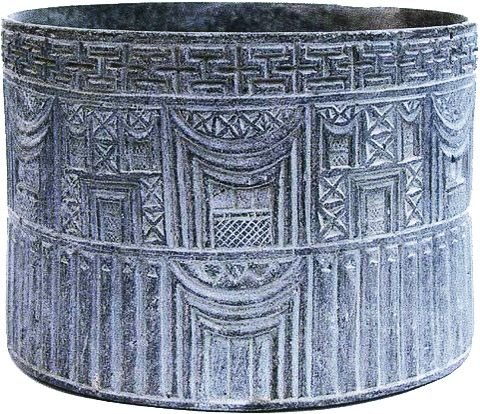
The Craftsmanship done displays the interest for art and culture expression.
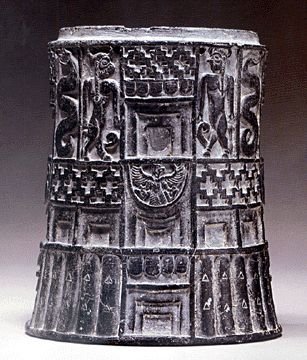
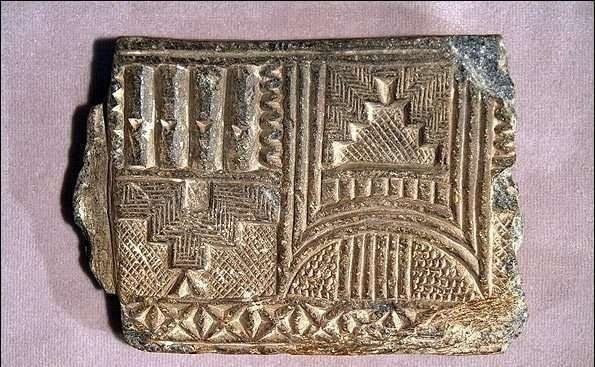
The assignment of these decorated vases to around 3100-2600 BCE hints the possibility that Ziggurat-like forms from Persia might have preceded analogous structures in Mesopotamia. This implies that Persia could represent an early origin point for such "artificial mountains", which typify the sacred landscapes Temples of the Tigris-Euphrates region with similar architecture, though conclusive links would require further investigation.
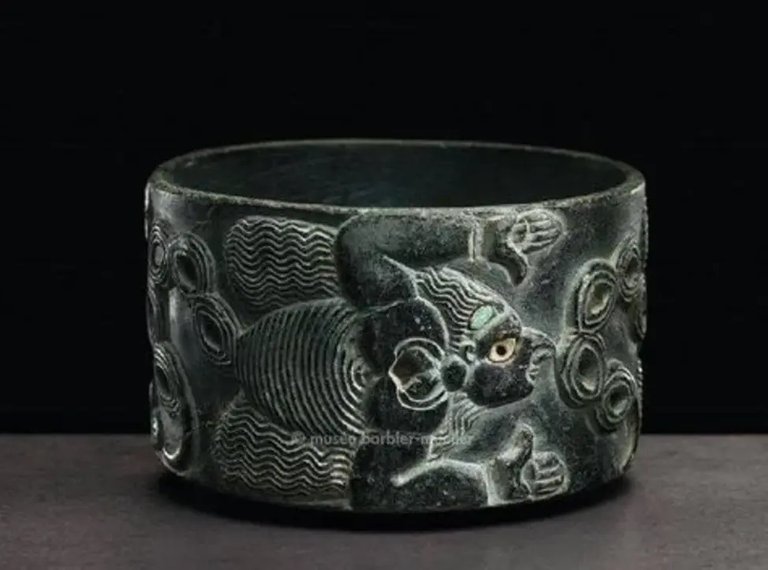
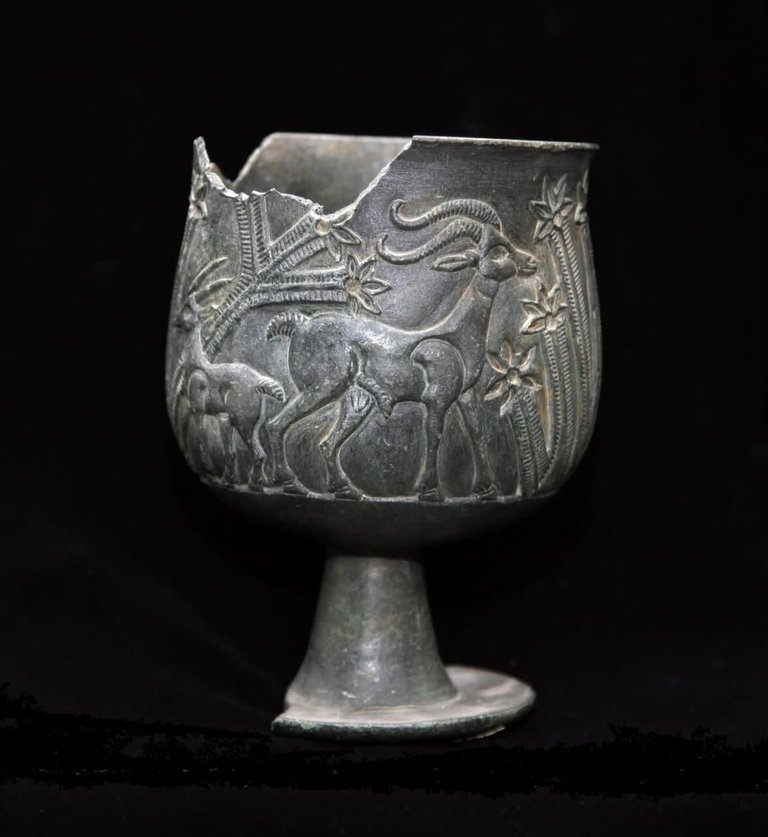
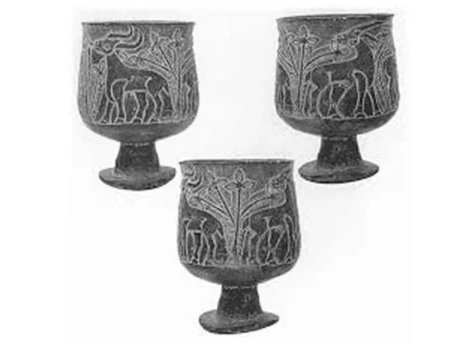
Persia still has one of the considered best preserved steep ziggurat example outside of Mesopotamia by Unesco, by that I mean the Chogha Zanbil site near Susa (1250 BC), and part of the world heritage list. It has some gates and dedications to Akkadian deities, Like Inanna and Nabu e.g., they were worshiped by both Babylonian and Assyrian folks, being this one of the major known centers for this. It's a fascinating case where Elamite religion blended with Mesopotamian influences, including these deities. There are just too many segregated information to compile, which turns not so simple to write about...
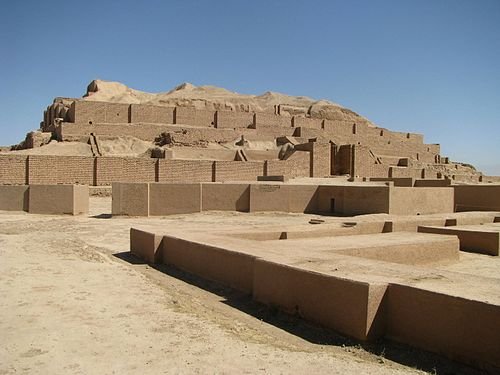
Chogha Zanbil - Iran (1250 BC)
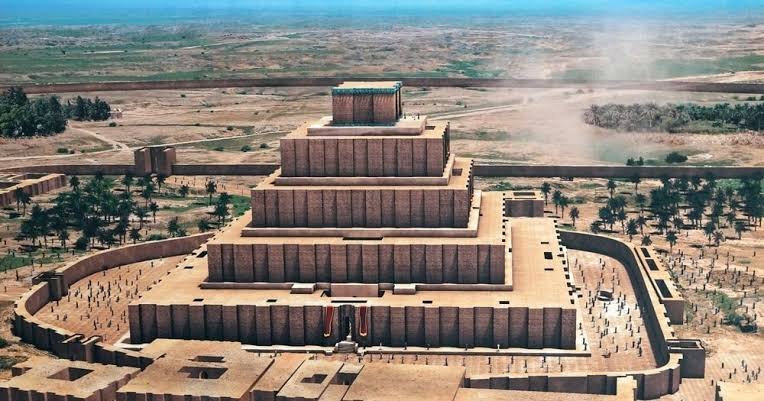
This remounts how it looked like back then.
However escavations have The Twin Konar Sandal Mounds as one of focal points. Which appears to be somewhat a Rustic Fortified Citadel.
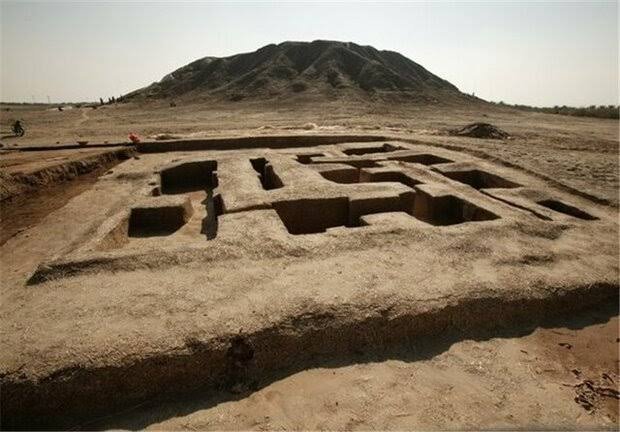

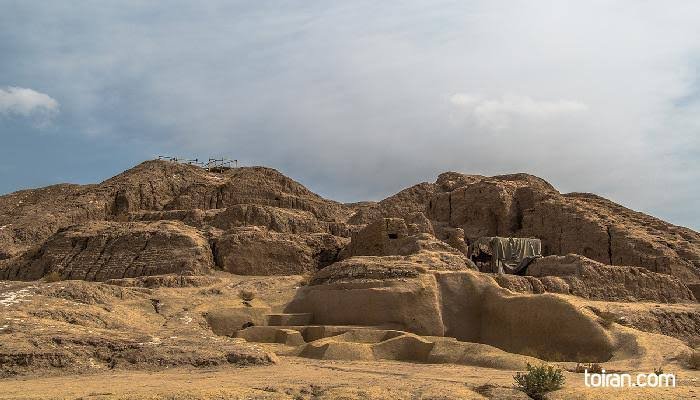
Twin Konar Sandal Mounds
Well, if you look into Uruk (Ur) site (Iraq) this actually looks kinda similar if not by the ziggurat itself... Because honestly, the Ur Ziggurat is also awesome and predates the one from Iran by some 1000 Yrs. Besides Babylon architecture itself.
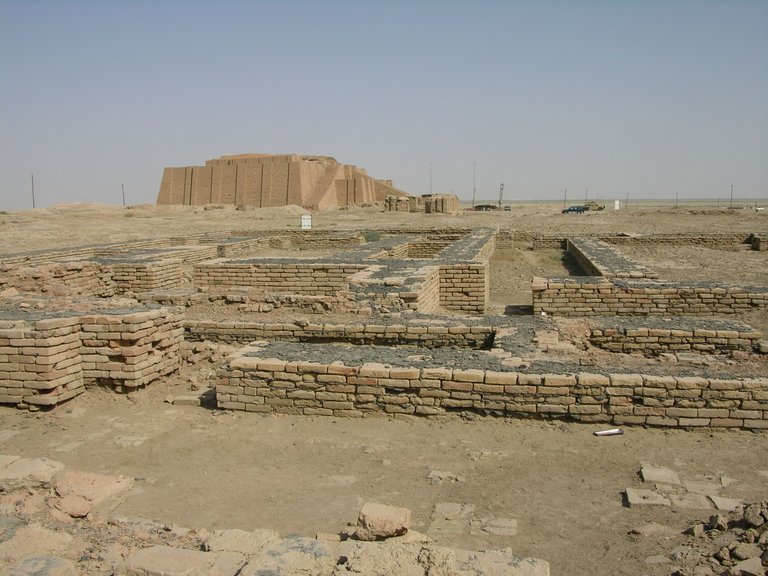
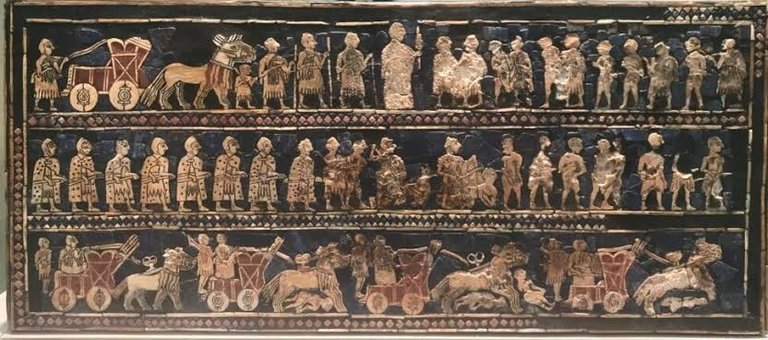

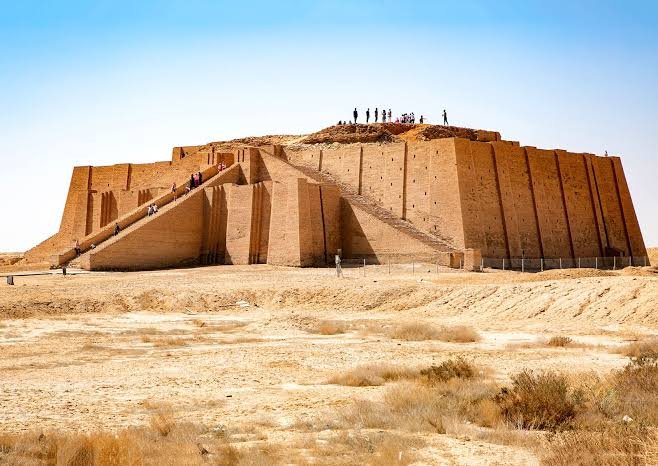
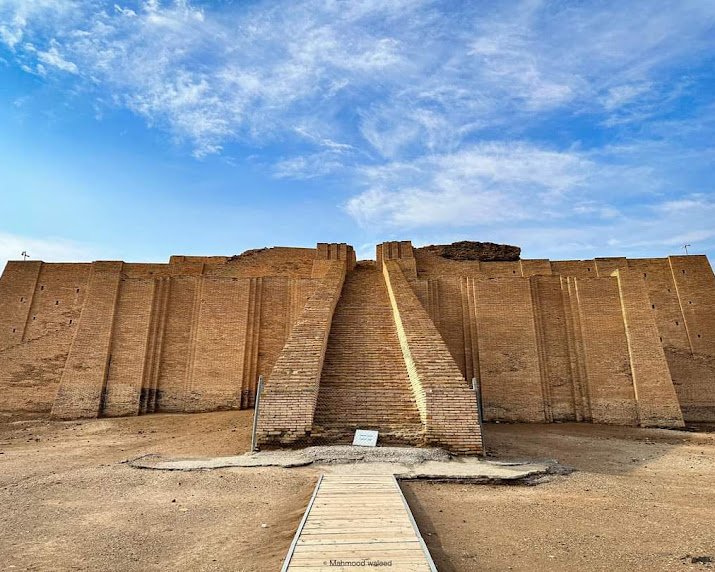
Great Ziggurat of Ur - Iraq (2100 BCE).
Well, beyond the Nippur site, which is very much not preserved and said to host the remains of Ekur ziggurat (Mountain Temple), Babylon had it's own ziggurat called Etemenanki and made for the Marduk deity, said to be destroyed some 600-700 BCE, and would be depicted like this:
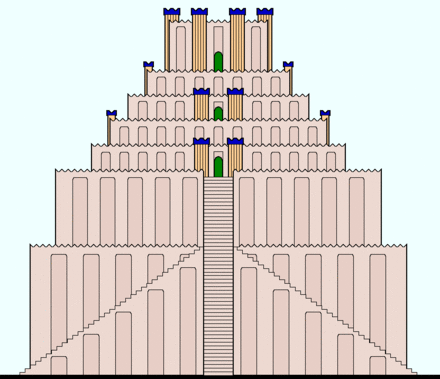
Some scholars associate it with the Babel Tower.
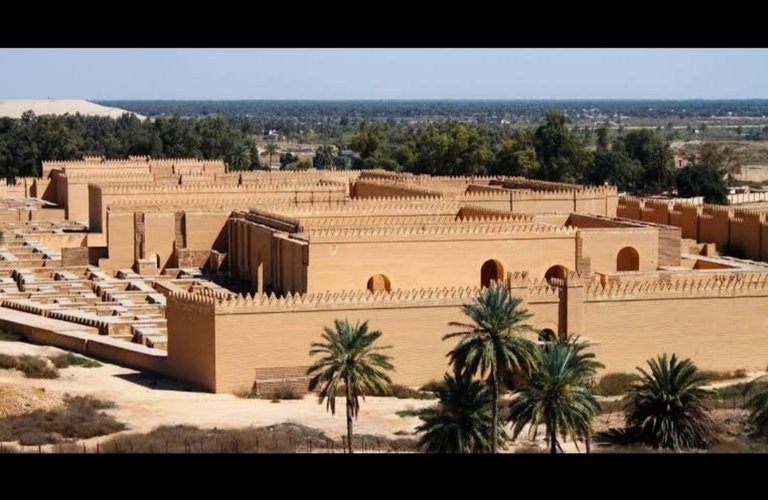
Babylon
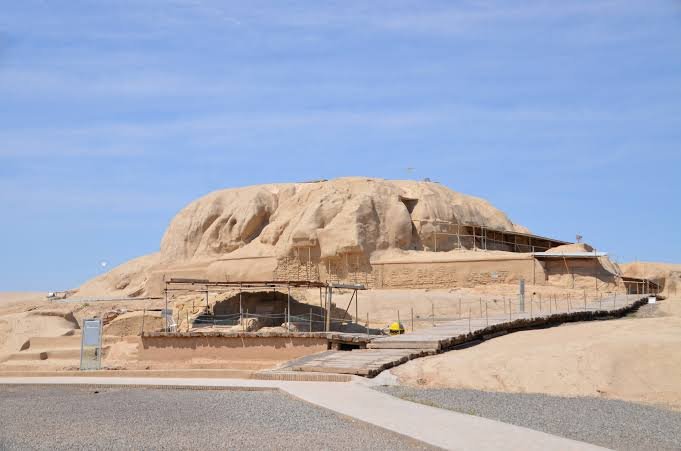
Tepe Sialk
It has its own ziggurat, amazing. The site dates back to 6000-5500 BC, the ziggurat is said be from 3000 BC.
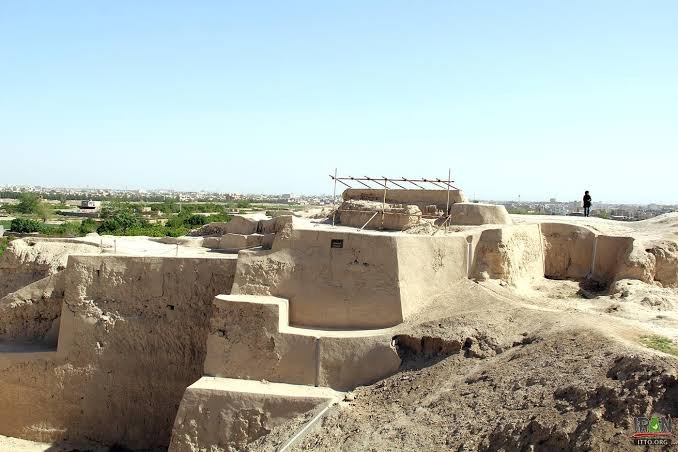
Sialk Hills
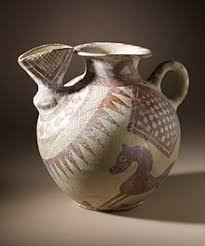
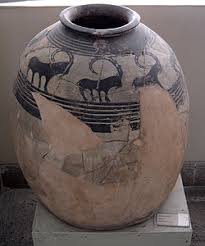
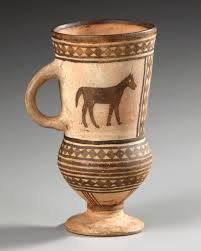
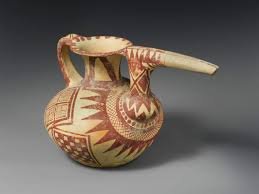

I just think these artifacts from Tepe Sialk are very nice.
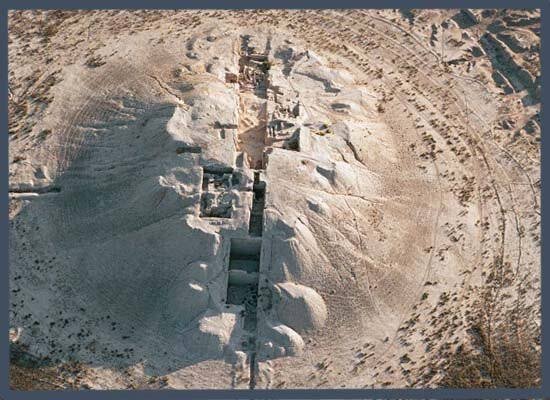
Tepe Yahya
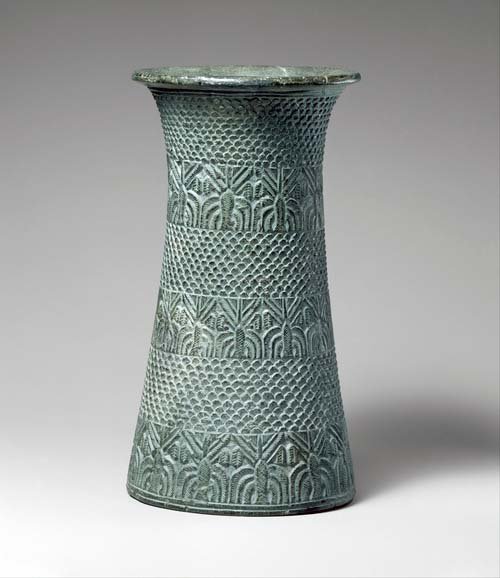
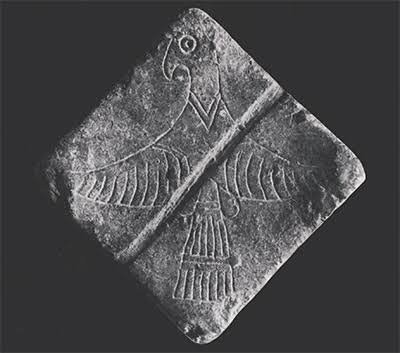
I could search others, the Tureng Tepe. A fertile Valley near the Gorgon River. This structure was radiocarbon dated to 2550 BC ‑ 2185 BC.
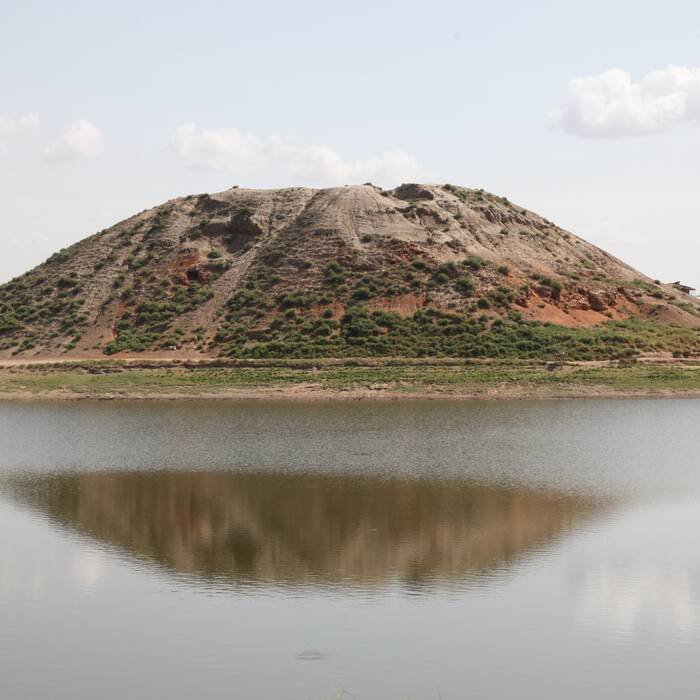
Tureng Tepe

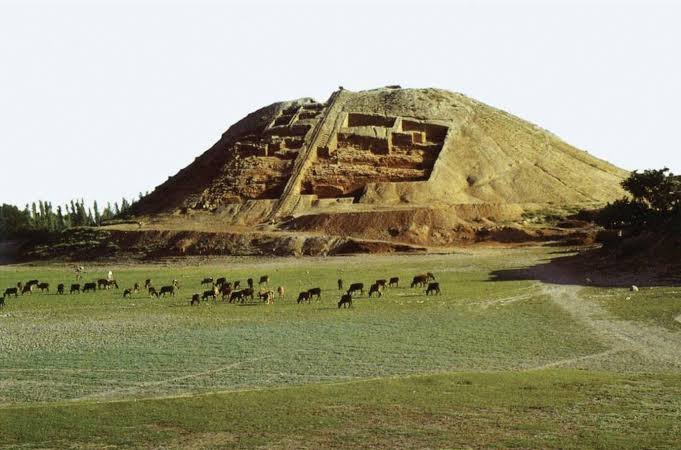
This image depict how it looked like on Bronze Age.
The Gobekli Tepe in Turkey is said to be the oldest and to have contained Megalithic structures, though Idk if could call them like that, I'd like more if were obelisks lol. "Located in the Germuş mountains of south-eastern Anatolia, this property presents monumental round-oval and rectangular megalithic structures erected by hunter-gatherers in the Pre-Pottery Neolithic age between 9,600 and 8,200 BCE." (From Unesco).
I've heard about this one before.
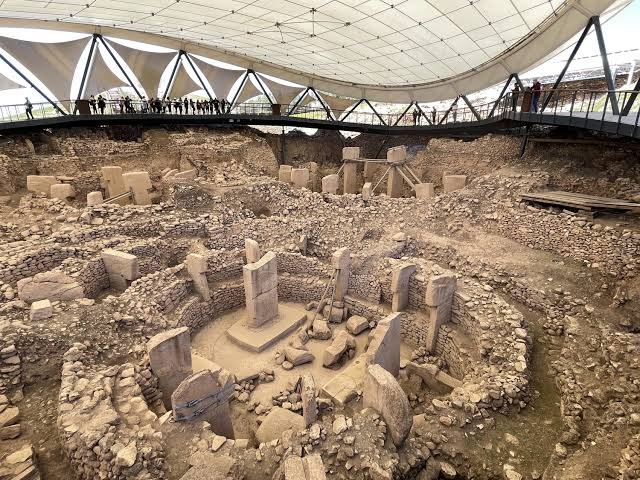
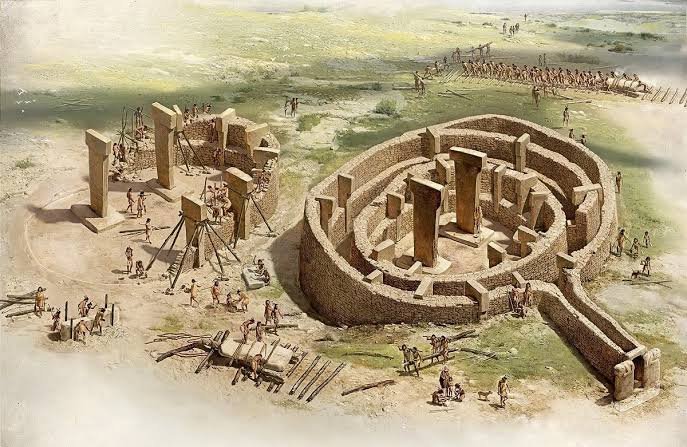
I tryied to link Artifacts to their respective places, but of course you can find much more Amazing stuff...
I didn't quote Saqqara site here, even though very interesting, it seens kinda out of topic.
Now going back to Iran findings about the Writing System.

"One of the most intriguing aspects of the Jiroft Civilization is its Proto-Elamitic writing system, which dates back to the IV Millennium BC. Tablets discovered at various sites, including Tepe Sialk and Tepe Yahya, suggest that the Iranian Plateau may have been a center for early literacy. The ongoing study of these inscriptions aims to unlock the secrets of this ancient writing, further illuminating the region’s historical significance."
(Taking from Arkeonews page).
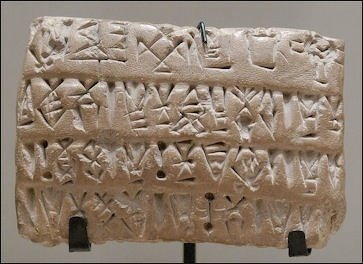
This is a Proto-Elemite numerical tablet previously found in Susa. Probably in the Ziggurat? Anyway, it already displays Mathematical Knowledge at Iran, even though it looks to be derived from Akkadian Cuneiform or at least very similar for what I can tell, but looking closer, numbers are clearly different. I wouldn't know which one is the precursor.
Well, I think these tablets about newly discovered writing system were indeed found in The Twin Konar Sandal Mounds but couldn't confirm. I dunno much what that could mean and need to study better... It looks like a PS1 game password lol. We know that sumerian king list says that Akkadian culture dates from way long ago, so by taking this hypothetical interpretation context we could deduce theirs could be longer, I'm not saying this is the truth, but that they have way more old stories to entertain us beyond simple discoveries dates.
It was already known that Old Persian language was one of the first to exist after Cuneiform and Hieroglyphs, and before others like Old Chinese, Sanskrit, Arabic, Phoenician, Old Greek, Hebraic, Aramaic (which starts to form Jewish texts...), Idk much how Assyrian goes in this talk lol.
I still want to learn more about Cuneiform and only know some few Hieroglyphs by watching some original texts with translations. I like learning languages lol, Spanish is kinda easy, I know some French phrases but the free course was too boring to spend more than 1 month lol, too many pronouns (more than portuguese, my native language) and a different conjugation for each... I like Japanese and learned a bit through animes, I try to learn some Chinese, which is difficult... And here and there between texts just go learning some Hindi words... I actually only know 1 Arabic word which is "kismet" lol, but it's kinda interesting. We also use a lot of Greek reference in occidental nomenclature when looking at etymology... Aramaic looks very interesting but too difficult to learn all kinds of interpretations.
Btw by coincidence (I think) I'm reading/watching about Persian Culture and Mythology and why this topic sounded so interesting, the "Bundahishn" text from Zoroastrianism is surprisingly kinda unknown. I want to listen "The Conference of the Birds" yet, which tells the Simurgh Tale, somewhat similar to a Phoenix. Beyond it there is the "Shahnameh", well, this one is kinda heavy and not much for the sensible ones to impress, containing many illustrations, but it's a national epic, however others cultures like even from Tibet temples have impactful images... The interesting stuff is that also tells Rostam story, like the 7 labours. All that involves others interesting characters, it's one of the longest world poems, so I'm just watching some videos actually. This book was written much later than the archeological stuff, in IX AC century. I'm also getting to know more about some Persian philosophers like Rumi and Shams.
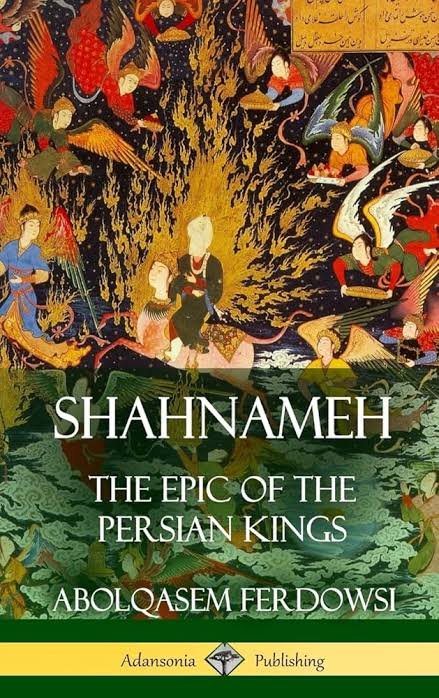
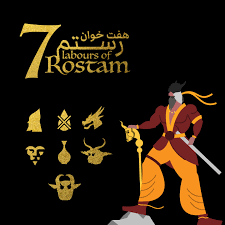
Feel free to leave any opinion on that...
Congratulations @dstampede! You have completed the following achievement on the Hive blockchain And have been rewarded with New badge(s)
Your next target is to reach 23000 upvotes.
You can view your badges on your board and compare yourself to others in the Ranking
If you no longer want to receive notifications, reply to this comment with the word
STOPCheck out our last posts: